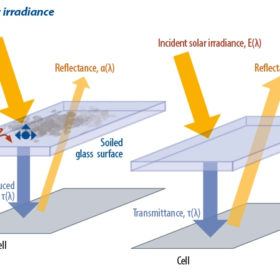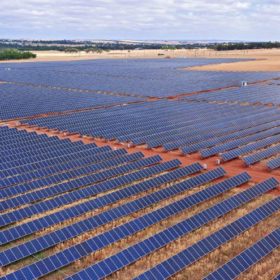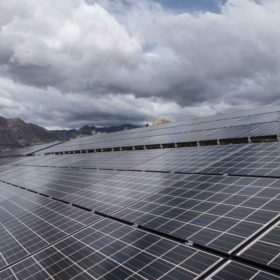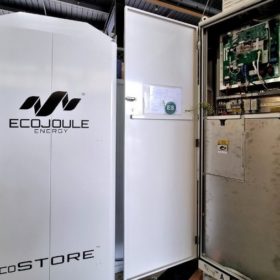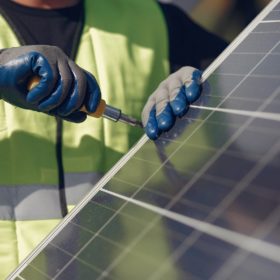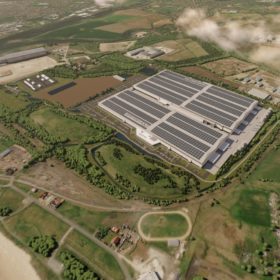Weekend read: Rethinking soiling
The two dominant methods used in the industry to estimate soiling levels on solar projects go some way in mitigating losses, but there is plenty of scope for more accurate observation, as NRG Systems’ Alexandra Arntsen reports.
WA green hydrogen project targets 2024 production after solar farm deal done
Australian renewable hydrogen company Infinite Green Energy is targeting first commercial-scale production of green hydrogen by the end of 2024 after finalising the $8 million (USD 5.65 million) acquisition of an 11 MW solar farm in Western Australia and penning its first offtake agreement for the project.
DNV acquires Australian solar data specialist Solcast
Australian-headquartered solar data specialist Solcast has been acquired by Norwegian energy assurance and risk management company DNV as it seeks to strengthen its solar forecasting services to help maximise the value of PV power plants globally.
Queensland to roll out 1.5 MWh fleet of neighbourhood batteries
Queensland government-owned network provider Energex will partner with Australia’s largest energy retailer Origin Energy to deploy 35 neighbourhood batteries across the city of Ipswich as part of an $10 million (USD 7.1 million) initiative designed to better manage the increasing penetration of rooftop solar PV in the region.
Dodgy solar installer convicted after CER investigation
Former solar installer Gavin Brady has been convicted by a Victorian magistrate after an investigation by the Clean Energy Regulator found he falsely claimed to have installed 11 solar systems. When converted to Small-scale Technology Certificates, those false claims were worth $50,000 (USD 35,500).
Solar may cover the world’s electricity demand with 0.3% of its land area
An international research group claims that raw materials and land availability do not present a real barrier for a global energy system with solar at its centre. They said that forecasts for PV growth should not have their axis on utility-scale power plants and instead consider vertical PV, agrivoltaics, and floating PV as the source of future big market volumes.
Monetising energy storage
Storage Hub founder Oliver Schmidt speaks with pv magazine about his outlook for battery energy storage pricing and the cost trajectory of electrolyzers. Schmidt’s new book, “Monetising Energy Storage – A toolkit to assess future cost and value,” will be published by Oxford University Press in June.
ACT formally flicks switch on first grid-scale battery
The Australian Capital Territory government has officially switched on its first grid-scale battery energy storage system, describing it as a “significant milestone” on Canberra’s pathway to 100% renewable electricity supply.
Win-win: how solar farms can double as havens for wildlife
Australia’s renewable energy transition has prompted the construction of dozens of large-scale solar farms. The boom helps reduce Australia’s reliance on fossil fuels, but requires large areas of land to be converted to host solar infrastructure.
Recharge Industries looks to revive British battery gigafactory
Just weeks after announcing its intent to build a $300 million (USD 210 million) lithium-ion battery manufacturing facility in Victoria, Australia-based Recharge Industries is reportedly considering a bid for the collapsed UK battery company Britishvolt that could revive plans to construct a battery cell gigafactory in northern England.
